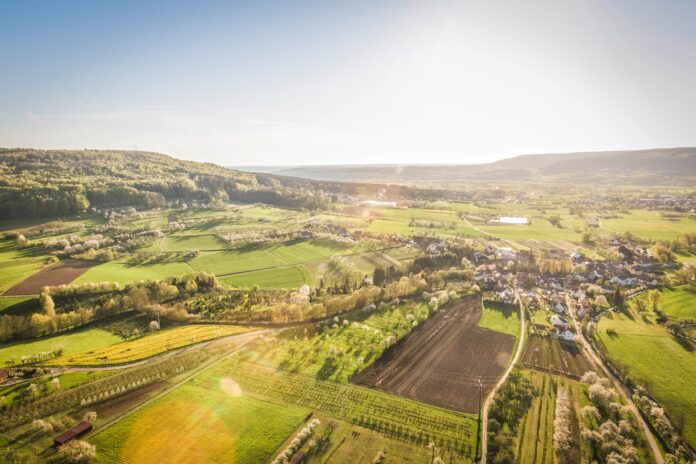Renewable energy has become increasingly important in supporting sustainable livelihoods in rural communities. Renewable energy is a form of energy that is derived from sources that can be naturally replenished such as solar, wind, hydro, geothermal, and biomass. These sources of energy are important because they do not produce harmful greenhouse gas emissions, and they have the potential to provide reliable and affordable energy to rural communities.
In this article, we will explore the importance of renewable energy for supporting sustainable livelihoods in rural communities. We will also look at the challenges faced by rural communities and the role of renewable energy in addressing these challenges. Additionally, we will provide examples of successful renewable energy projects. And highlight the policy and institutional support needed to scale up renewable energy in rural areas.
Challenges Faced by Rural Communities
Rural communities often face significant challenges in accessing reliable and affordable energy. These challenges include a lack of access to electricity and dependence on traditional fuels such as firewood and charcoal. and the negative impact of these fuels on the environment and on livelihoods are also problems that need addressing. And on top of these challenges a lot of the time most of these challenges are compounded by limited access to financing and technical skills.
Role of Renewable Energy in Supporting Sustainable Livelihoods
Renewable energy plays a crucial role in supporting sustainable livelihoods in rural areas. By providing access to clean and affordable energy, renewable energy can help us do all sorts of amazing things. Like reducing poverty, improving health outcomes, and increasing economic productivity. Renewable energy also has environmental benefits, reducing greenhouse gas emissions and mitigating the impact of climate change. Socially, renewable energy can help to improve gender equality by reducing the burden of traditional fuel collection on women. As in underdeveloped rural areas, a lot of people are forced to use wood(often collected by women) as their primary fuel.
Examples of Successful Renewable Energy Projects in Rural Communities
There are many successful renewable energy projects that have been implemented in rural communities around the world. Solar-powered irrigation systems have been used to increase crop yields and reduce water usage. And counties such as India and Tanzania are already using it. Biogas production for cooking and heating has been successful in countries such as China and Nepal. Which is providing a reliable and affordable source of energy for rural households. Mini-grids for powering villages have been implemented in countries such as Bangladesh and Kenya. And are providing access to electricity for households and small businesses. Wind turbines have been successfully implemented in countries such as Morocco and Nicaragua, providing reliable and affordable electricity to communities.
Policy and Institutional Support for Renewable Energy in Rural Communities
Policy and institutional support are critical for scaling up renewable energy in rural areas. Governments can provide policies and programs that support renewable energy development and implementation. NGOs and international organizations can provide technical support, training, and financing options for renewable energy projects. Financing options such as grants, subsidies, and loans can help to overcome the high upfront costs of renewable energy technologies.
Challenges to Scaling up Renewable Energy in Rural Communities
Despite the benefits of renewable energy, there are still challenges to scaling up renewable energy in rural areas. Challenges include a lack of technical skills and knowledge, limited access to financing, and limited availability of renewable energy technologies. To overcome these challenges, there is a need for increased investment and support for renewable energy in rural communities.
Conclusion
Renewable energy is an important tool for supporting sustainable livelihoods in rural communities. By providing access to clean and affordable energy, renewable energy can help to reduce poverty, improve health outcomes, and increase economic productivity. Despite the challenges of scaling up renewable energy in rural communities, there is significant potential for renewable energy to provide reliable and affordable energy to rural areas around the world. With increased investment and support, renewable energy can play a critical role in supporting sustainable livelihoods in rural communities for generations to come.
And as always folks if you are interested in reading similar interesting and informative articles on a wide range of topics be sure to check out the Global Growth Forum. Also, if you would like to read interesting articles in Hindi Check out the Mojo Patrakar.









